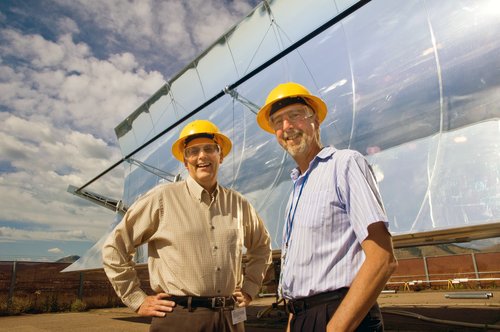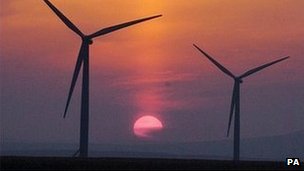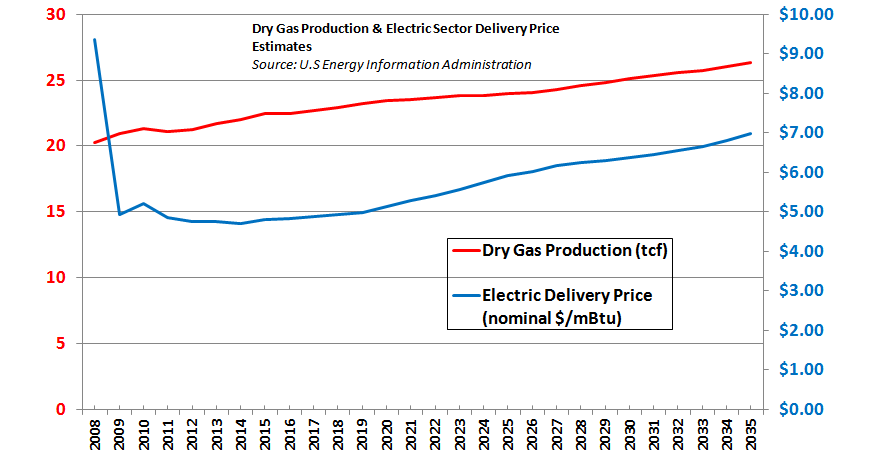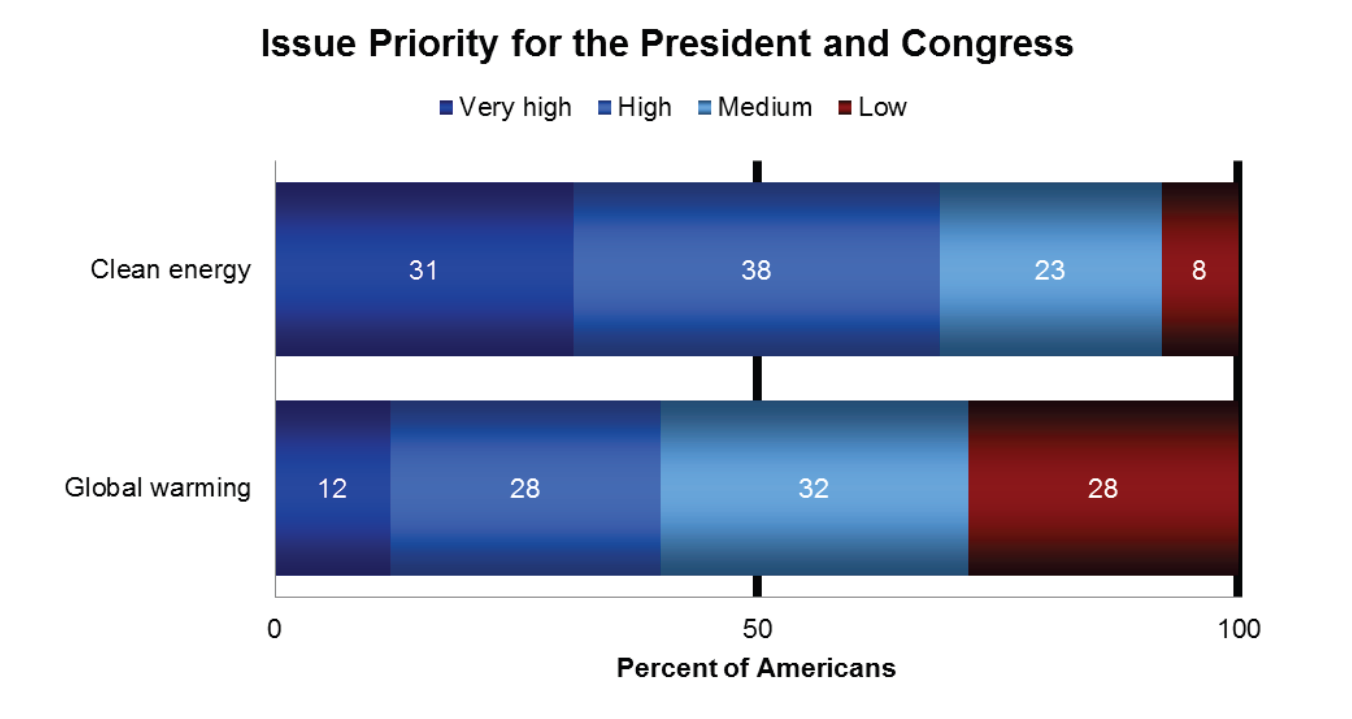66 item(s) were returned.
Section 1603 of the American Recovery and Reinvestment Act was designed to attract private investors to renewables projects by offering investors a cash reimbursement equal to and in lieu of the 30% federal Investment Tax Credit. According to a recent NREL report, the program has awarded $11.6 billion to around 38,000 projects – which have received $38.6 billion in total investment – and has supported the installation of 16.9 GWs in new renewable capacity. To put that in context, in 2007 third-party tax equity financing provided about $6.7 billion to renewable project developers. In 2009, in the heart of the financial… [more]
View InsightIn a column for the New York Times titled “There’s Still Hope for the Planet,” columnist David Leonhardt describes why investments in technology – particularly governmental investments in clean tech research and development – may be the best bet for reducing CO2 emissions, and may provide a small basis for optimism to those interested in fighting climate change. Leonhardt argues that renewable energy, which is becoming increasingly cost-competitive with traditional fossil fuels, and the emergence of natural gas as a replacement for coal, make putting a price on CO2 emissions less attractive than investment programs. “Carbon pricing is going to… [more]
View InsightThe House Armed Services Committee’s newly proposed 2013 Pentagon budget contains a provision that would prevent the U.S. Department of Defense (DoD) from purchasing alternative fuels, largely in the form of biofuels, if they cost more than traditional fuels. The proposal comes at a time when the military is ramping up its use of biofuels and the U.S. biofuel industry could use the certainty provided by a customer as large and influential as DoD. An example of DoD’s alternative fuels efforts: In 2009, the navy announced a plan that would have the navy utilize 50% non-oil energy in its operations… [more]
View InsightDomestic natural gas production continues to expand, while natural gas spot prices are at historic lows. Many utilities are responding to these changing market dynamics by building gas plants or “fuel-switching” existing power plants from more expensive fuels to gas. As a result, coal generation continues to fall. Due in part to price competition with natural gas, some Congressional “clean energy” subsidies may not be renewed. EIA projections suggest that domestic production will continue to increase, and that natural gas prices faced by electric utilities will remain below $7.00/mBtu, through 2035. [Source: EIA] What does near- to mid-term domestic natural… [more]
View InsightA new report – coauthored by researchers from the Brookings Institute, the World Resources Institute, and the Breakthrough Institute – examines the coming decline in subsidies and tax breaks for renewables, and what that decline might mean for the U.S. renewables industry. The report argues that the decline imperils the industry, but suggests that this issue presents an opportunity to reform the subsidies and programs currently in place. The American Recovery and Reinvestment Act of 2009 ushered in a brief era of heightened support for the clean tech and renewable energy sectors, providing just over $150 billion through 2014. However,… [more]
View InsightOn April 26th, the Yale Project on Climate Change Communication and the George Mason University Center for Climate Change Communication released the results of a recent poll, suggesting that “overall, majorities of Americans say that global warming and clean energy should be among the nation’s priorities… and support a variety of climate change and energy policies.” The survey of 1,008 American adults found that: “92 percent of Americans think that developing sources of clean energy should be a very high (31%), high (38%), or medium (23%) priority for the president and Congress.” “91 percent of Democrats, 77 percent of Independents,… [more]
View InsightLast week, House and Senate Appropriations Committees approved separate and distinct versions of a Fiscal Year 2013 Energy and Water Development appropriations bill. The legislation sets spending levels for DOE, among other agencies, and specific programs such as the State Energy Program (SEP). The SEP is administered by DOE, and provides funding to states for use by State Energy Offices. According to the National Association of State Energy Officers (NASEO), with “SEP funds and the resources leveraged by them, the 56 State and Territory Energy Offices develop and manage strategic programs that support the private sector in increasing energy efficiency,… [more]
View InsightIn 2007, US EPA began using renewable identification numbers (RINs) to track fuel producer compliance with the Energy Policy Act of 2005’s Renewable Fuel Standard (RFS), which calls for fuel blends to contain a minimum amount of renewable fuels. RINs quantify the biofuel, produced or imported, used in fuel blends. Fuel producers buy and sell them, and then submit them to demonstrate compliance. The complexity of RIN markets and RFS compliance has come under scrutiny lately, as several instances of fraud have emerged. In 2010, two small biofuel producers – Clean Green Fuel and Absolute Fuels – started selling fraudulent… [more]
View InsightOn April 17th, US DOE released a report titled An Assessment of Energy Potential at Non-Powered Dams in the United States. The report analyzes the hydroelectric power generating capacity at 54,000 existing dams across the United States, and indicates that fully developing non-powered dams (NPDs) could result in additional generating capacity of more than 12 gigawatts (GW). This would increase current US hydropower capacity by 15% and provide enough energy to power four million households. The report concludes that of the 12 GW of potential capacity, “a majority is concentrated in just 100 NPDs, which could contribute approximately 8 GW… [more]
View InsightTo date, no offshore wind farms have operated in the United States. However, several projects under consideration or development could change that. In February, the federal government completed an environmental review of designated “wind energy areas” off the mid-Atlantic coast, and found that lease sales for wind energy would not create environmental problems. This finding may facilitate the sale of wind energy leases off the coasts of Maryland, Virginia, New Jersey and Delaware as early as this year. [New York Times] The Cape Wind Project, a wind farm off Massachusetts’ Cape Cod, could be the first operational offshore wind energy… [more]
View Insight


